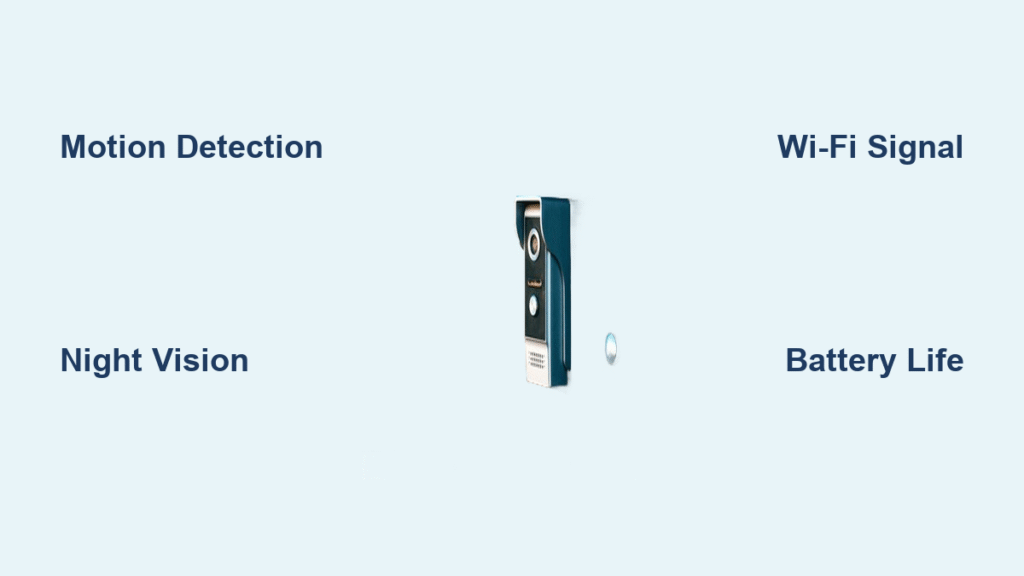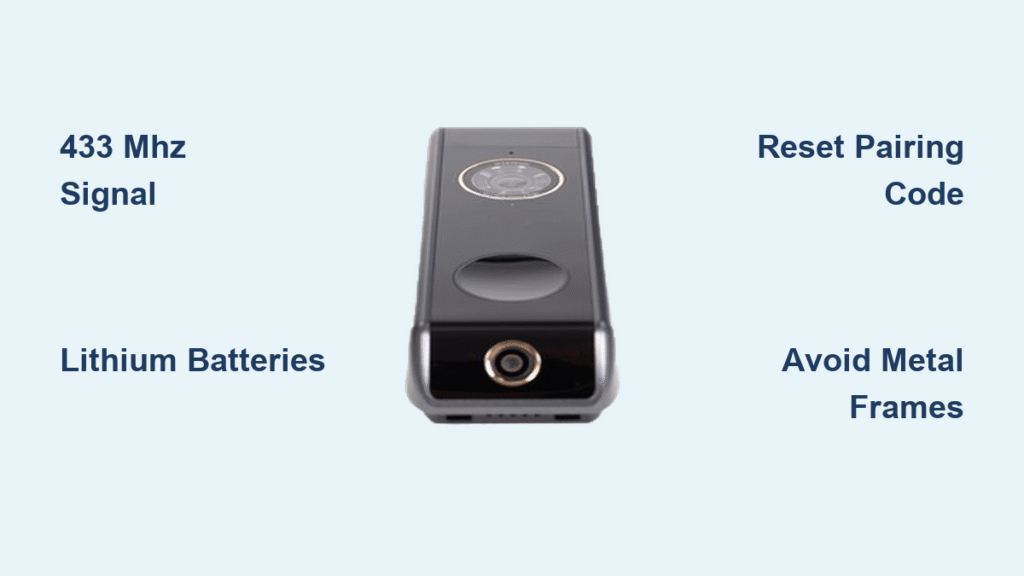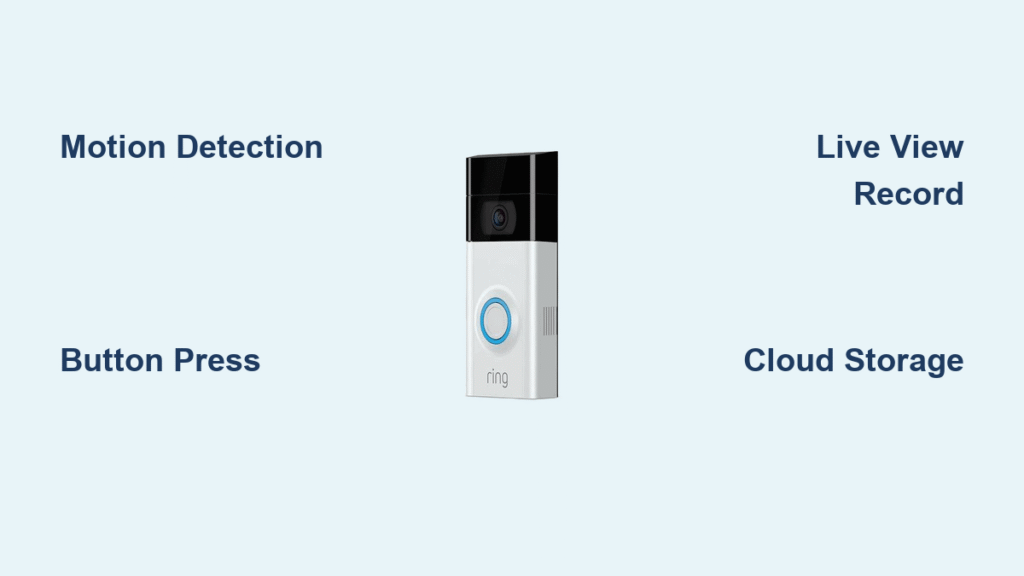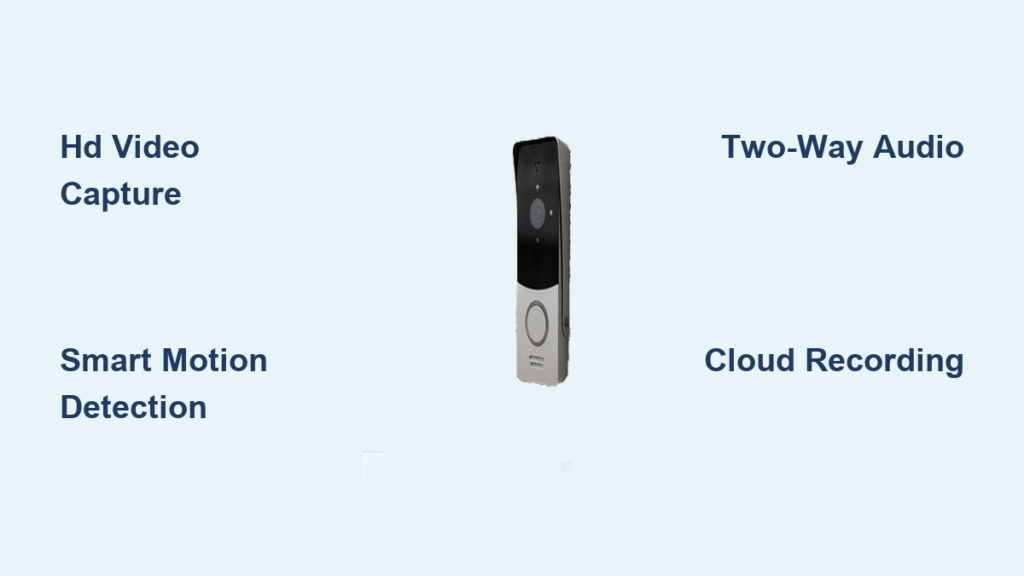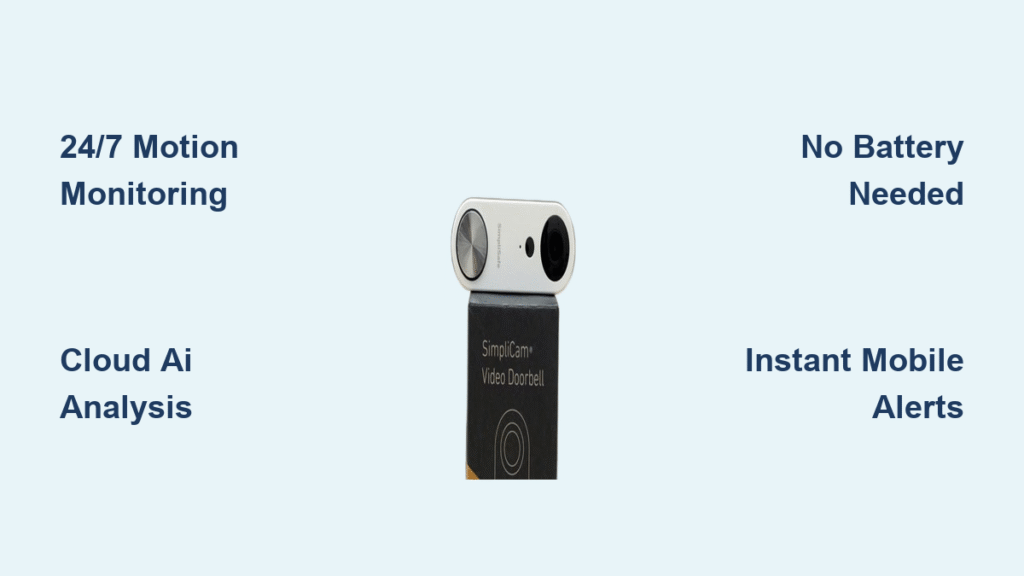The chime sounds, but you’re not home—you’re checking your phone to see the delivery driver placing your package right where you asked. This seamless experience happens through sophisticated technology packed into a device smaller than your hand. Understanding exactly how do doorbell cameras work transforms you from a passive user into someone who can maximize security, troubleshoot issues, and select the perfect model for your home. Modern doorbell cameras combine miniature security systems with internet connectivity and two-way audio to keep you connected to your front door 24/7, whether you’re across town or across the globe.
Doorbell Camera Detection Triggers That Never Miss a Visitor
Why Your Doorbell Camera Sees Visitors Before They Press the Button
Your doorbell camera captures crucial moments before the actual ring through a rolling buffer system. When motion is detected or the button is pressed, the camera saves 3-6 seconds of footage that occurred before the trigger event. This pre-roll feature ensures you never miss seeing who approached your door, whether it’s a delivery person setting down a package or a suspicious individual testing your security.
How Motion Sensors Eliminate False Alerts From Passing Cars
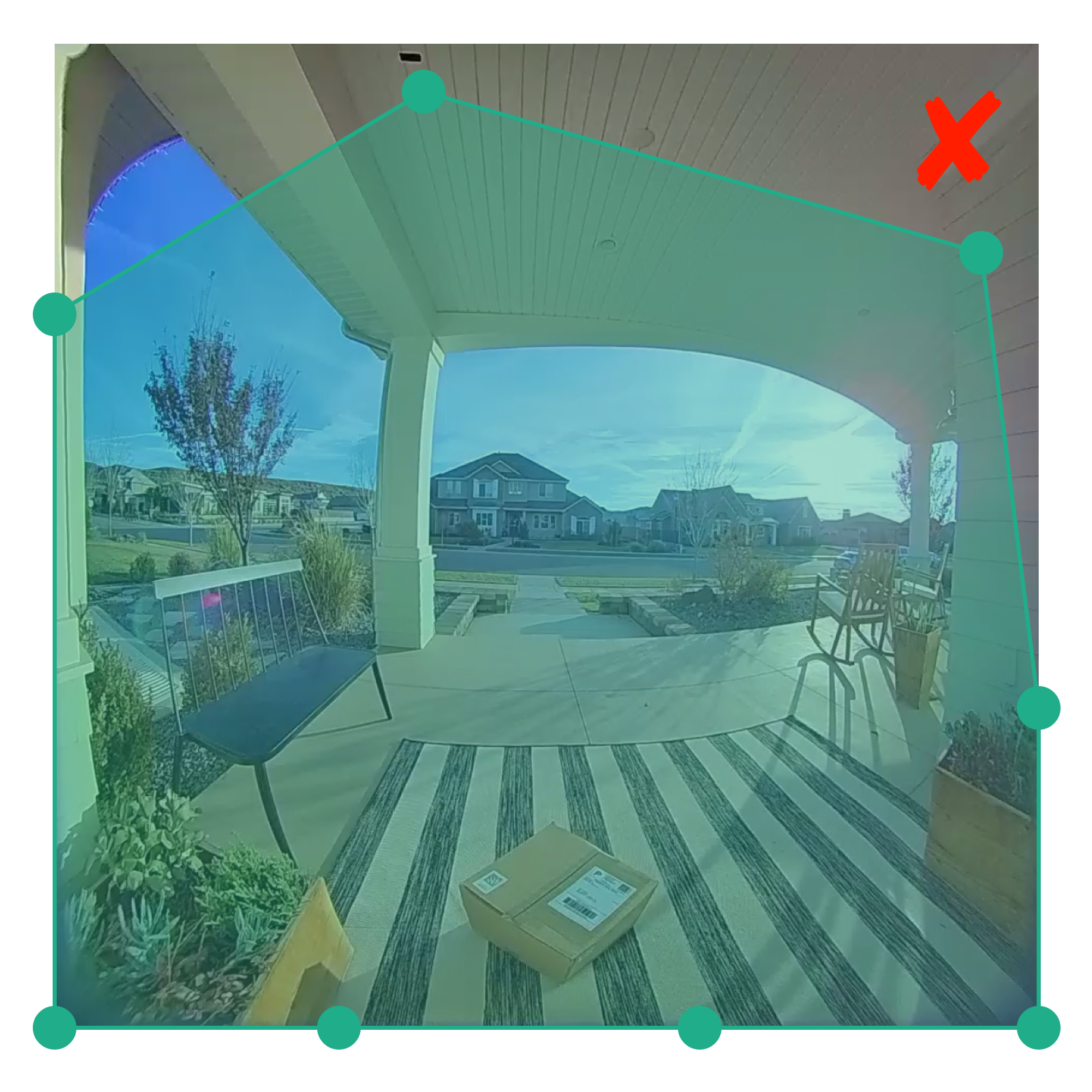
Doorbell cameras use three primary detection technologies with varying effectiveness:
Passive Infrared (PIR) sensors detect body heat within a 30-foot range, making them ideal for spotting humans while ignoring non-living movement. This basic technology works well but can trigger false alerts from passing cars or animals.
Radar motion sensors found in premium models like Ring Pro 2 emit low-power radio waves that bounce off moving objects, providing precise distance measurement. This reduces false alerts by distinguishing between distant traffic and someone actually approaching your door.
AI-based detection in 2023-2024 models analyzes shapes and movement patterns to distinguish between people, packages, pets, and vehicles. When properly configured at medium sensitivity, these systems achieve 85-95% accuracy in identifying human visitors while ignoring irrelevant motion.
Camera System Components That Capture Every Detail
Why 1080p Resolution Is the Minimum Standard for Facial Recognition
Most doorbell cameras today offer 1080p resolution at 15-30 frames per second, which provides sufficient clarity to identify faces within 15 feet. Higher-end models reach 2K or 4K for crystal-clear detail, but this comes with trade-offs in bandwidth usage (up to 5 Mbps during clip uploads) and storage requirements (400-600 MB per hour for 2K recording).
Field of view matters more than you think—wide-angle lenses providing 120-180° coverage ensure your camera captures activity from the sidewalk to your porch steps. However, extremely wide angles can distort images at the edges, making facial recognition less reliable in those zones.
How Night Vision Works Without Blinding Your Neighbors

Doorbell cameras use two primary night vision technologies:
Infrared LEDs create clear black-and-white images up to 30 feet away without visible light that might disturb neighbors. These 850nm or 940nm LEDs operate silently and remain invisible to the human eye.
Color night vision models employ white LED spotlights that illuminate the scene in full color. While providing more natural nighttime footage, these can be intrusive to neighbors if set to activate too frequently. Most models allow you to adjust the brightness threshold that triggers color night vision.
Data Transmission and Storage Options You Need to Know
Why 2.4 GHz Wi-Fi Is Essential for Reliable Doorbell Camera Operation
All doorbell cameras require 2.4 GHz Wi-Fi connectivity for basic operation, as this frequency penetrates walls better than 5 GHz. While premium models add 5 GHz support to reduce network congestion in busy neighborhoods, your installation will fail if you only have 5 GHz available at your front door.
Strong signal strength is non-negotiable—aim for at least -50 dBm for 1.5-3 second notification latency. Anything weaker than -70 dBm will cause missed events and poor video quality. Test your signal strength at your planned mounting location before installation.
Cloud vs Local Storage: Which Option Protects Your Privacy Best

Your footage security depends on your storage choice:
Cloud storage offers automatic encrypted backups to AWS, Azure, or proprietary servers with retention periods from 3 hours to 180 days depending on your subscription. The main drawback is ongoing monthly fees ($3-$20) and potential privacy concerns with third-party servers.
Local storage via micro-SD cards (8-128 GB) or base station hard drives (1 TB+) eliminates monthly fees but introduces physical security risks. If someone steals your doorbell camera with an SD card, they also get your recorded footage. Brands like eufy, Reolink, and Amcrest offer local-only operation without cloud dependency.
Power Supply Options That Keep Your Camera Running
Why Battery-Powered Doorbells Last Longer Than You’d Expect
Rechargeable lithium-ion batteries (5000-7000 mAh) power most wireless doorbells for 2-6 months between charges under normal use (20-25 motion events daily). Cold weather below 32°F can reduce battery life by 25-40%, while continuous live viewing drains power in under 3 days.
Solar panel add-ons (1-3 watt) extend battery life indefinitely in sunny climates by providing trickle charging. These panels typically mount above your doorbell and connect via a short cable, making them ideal for south-facing doors with direct sunlight.
How Hardwired Installation Prevents the Most Common Failure Point
Hardwired doorbells connect to your existing 8-24 V AC doorbell circuit, providing continuous power while trickle-charging an internal battery for outage protection. This setup eliminates the #1 complaint about battery models—unexpected power loss.
Professional installation solves the buzzing chime problem many DIYers encounter. When hardwiring, you may need to install a manufacturer-supplied resistor or Pro Power Kit to prevent your mechanical chime from buzzing continuously—a common issue when the camera draws power without completing the full circuit.
Mobile App Integration That Puts Your Door in Your Pocket
How Real-Time Notifications Get to Your Phone in Under 3 Seconds
When motion triggers your doorbell camera, encrypted data travels through your Wi-Fi to the manufacturer’s cloud servers, then pushes to your phone as a rich notification with a thumbnail snapshot and 10-second preview. On strong networks (-50 dBm or better), this happens in 1.5-3 seconds; weak signals increase latency to 4-10 seconds.
Customize your alerts to avoid notification fatigue by setting activity zones that ignore public sidewalks, creating schedules for “no alerts” during regular delivery times, and adjusting motion sensitivity based on your environment.
Smart Home Compatibility That Turns Your Doorbell Into a Security Hub
Modern doorbell cameras integrate seamlessly with your existing ecosystem:
- Amazon Alexa lets you view feeds on Echo Show devices without touching your phone
- Google Assistant streams footage to Nest Hub displays with voice commands
- Apple HomeKit offers end-to-end encryption with iCloud storage for maximum privacy
- IFTTT automations can trigger porch lights when motion is detected after sunset
Troubleshooting Common Doorbell Camera Problems
How to Fix Weak Wi-Fi Signal Issues That Cause Missed Events
If your doorbell camera misses deliveries or shows “offline” status, weak Wi-Fi is likely the culprit. Test your signal strength at the mounting location using a Wi-Fi analyzer app—anything below -70 dBm will cause problems.
Three proven solutions:
1. Install a Wi-Fi extender or mesh node near your front door
2. Switch your camera to the 2.4 GHz band (even if your main network uses 5 GHz)
3. Reposition your router closer to the front of your house
Why Your Night Vision Looks Grainy and How to Fix It
Poor nighttime footage usually stems from dirty infrared lenses or improper camera angle. Clean the lens monthly with a microfiber cloth to remove dust and spider webs that obscure the image.
For reflective surfaces like glass doors, use a wedge kit to angle the camera downward, preventing IR light from bouncing back into the lens. If your model supports it, switch to color night vision mode for clearer identification in low light.
Security and Privacy Features You Must Enable
Why Two-Factor Authentication Is Non-Negotiable for Doorbell Cameras
Doorbell camera accounts are prime targets for hackers seeking to spy on homes. Enable two-factor authentication in your app settings to prevent account takeover—this adds a critical layer of security beyond just your password.
Check your local laws regarding audio recording as many jurisdictions require two-party consent. Some states mandate visible signage about audio recording, and all reputable doorbells include blue or white LED lights that illuminate during active recording to comply with these regulations.
Key Takeaway: Your doorbell camera works through a sophisticated interplay of motion detection sensors, high-resolution imaging, secure wireless transmission, and smart processing—all in a weatherproof package outside your door. Understanding how do doorbell cameras work helps you choose the right model for your home, troubleshoot common issues without professional help, and configure your system for maximum security and minimal false alerts. Whether you opt for battery-powered convenience or hardwired reliability, the right doorbell camera transforms your front door into a secure, connected gateway that works for you 24/7.

